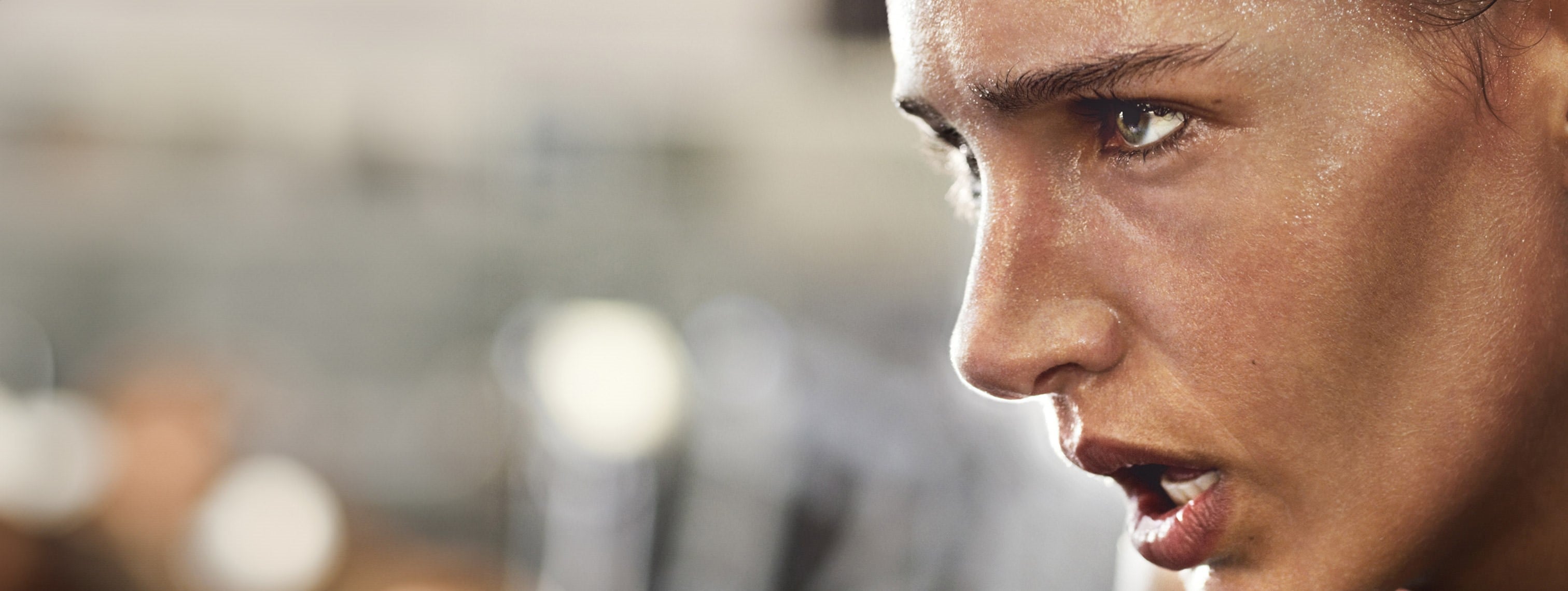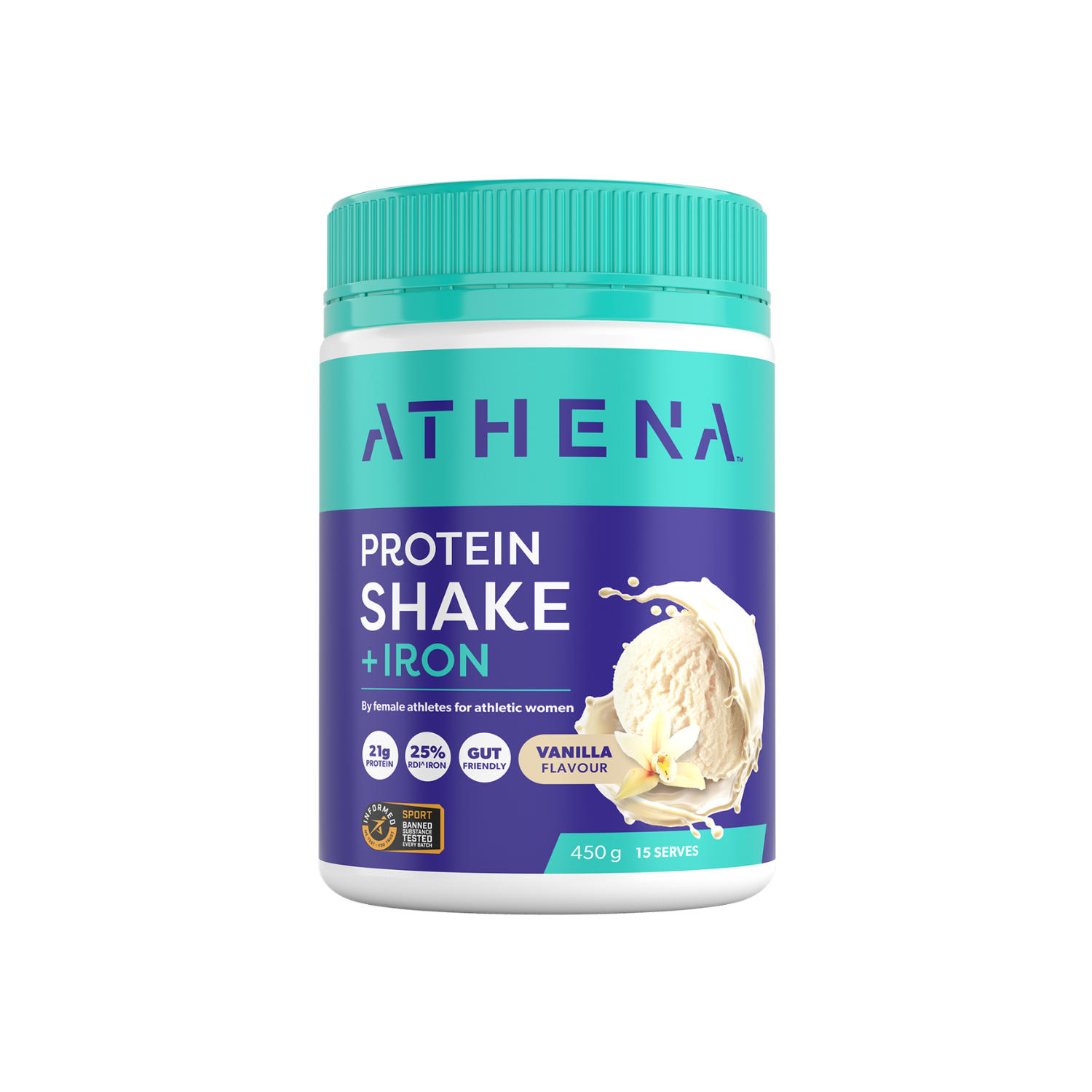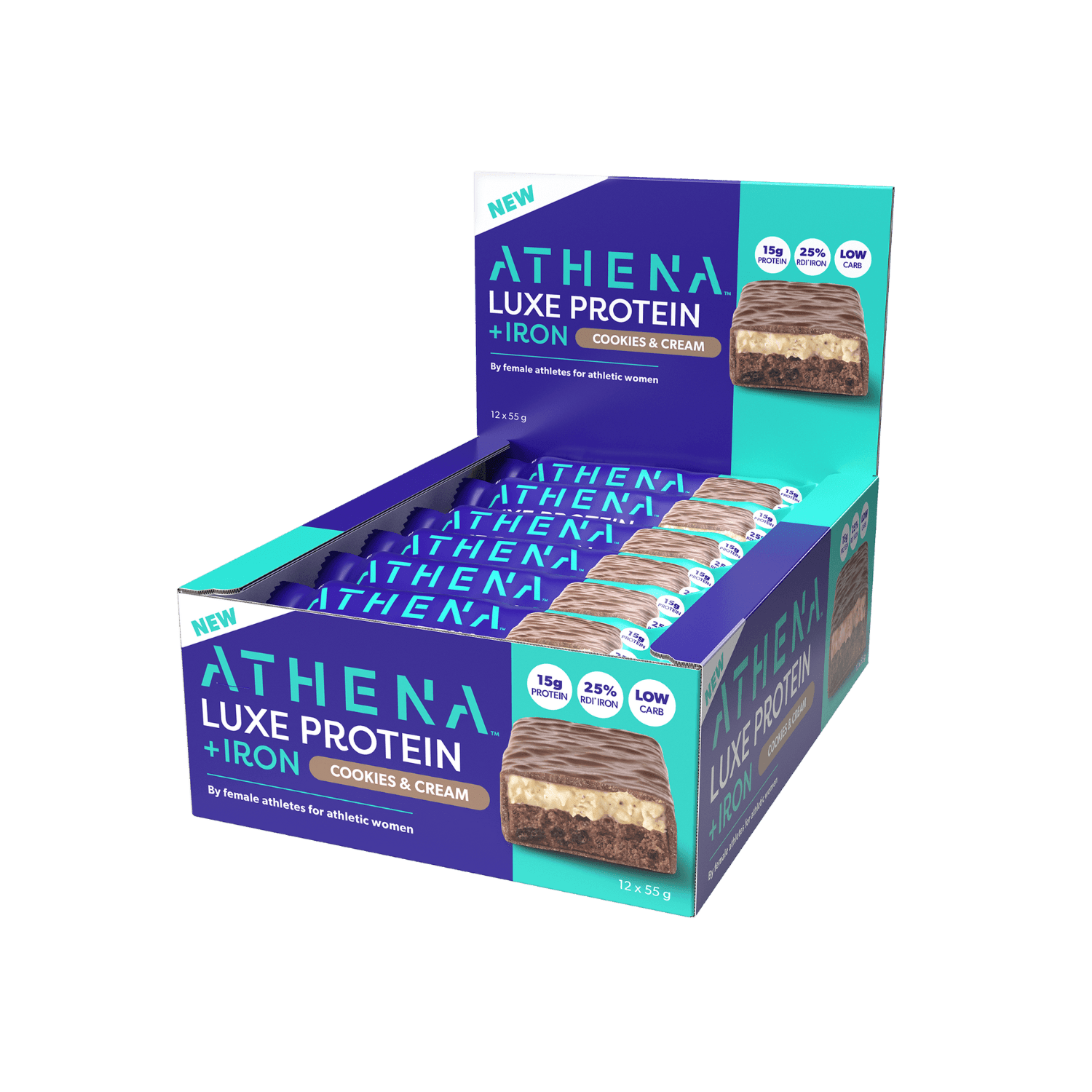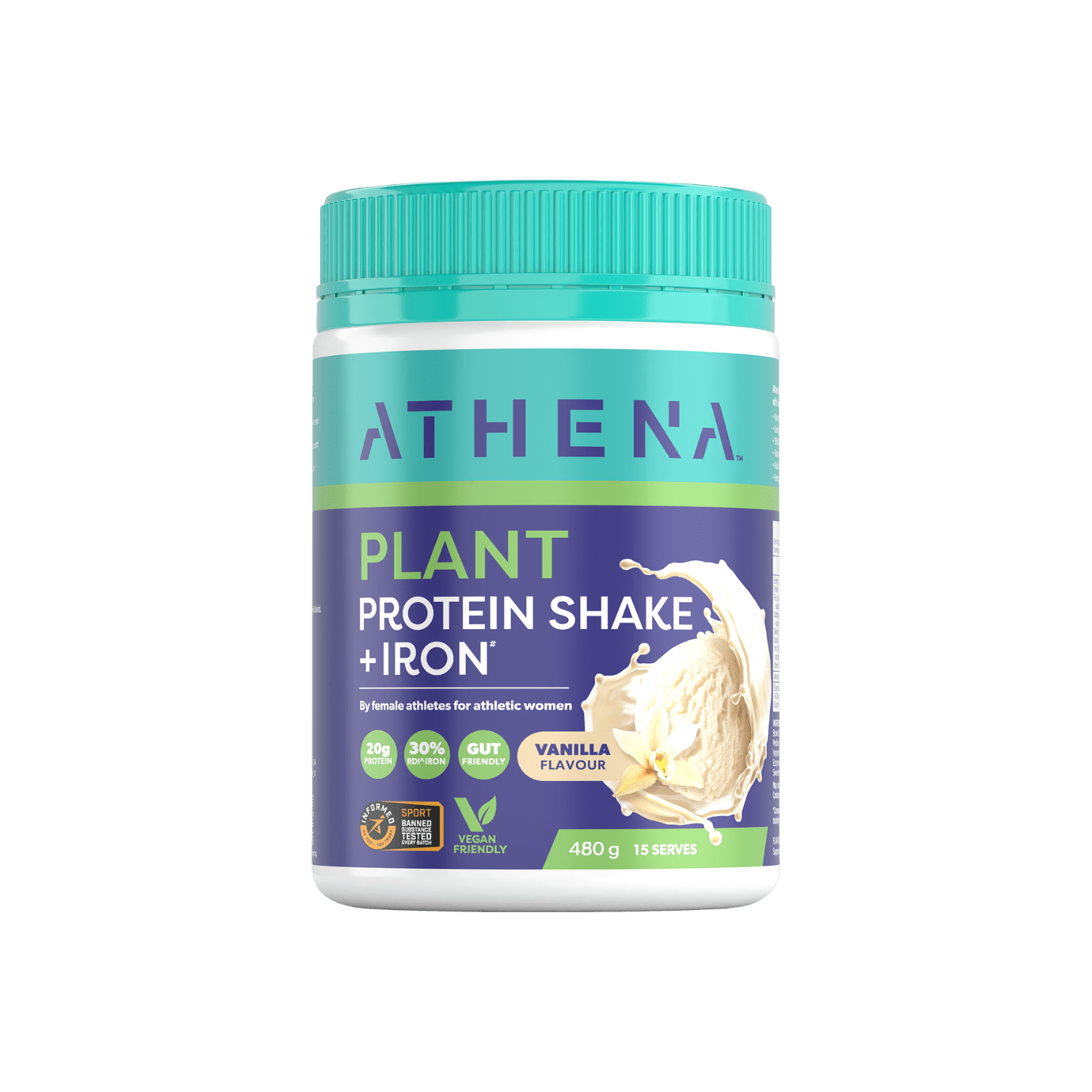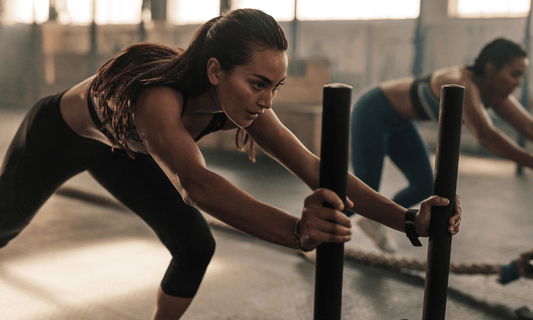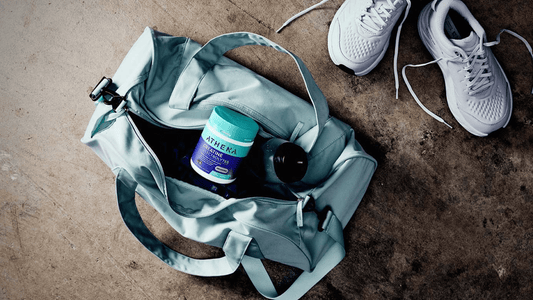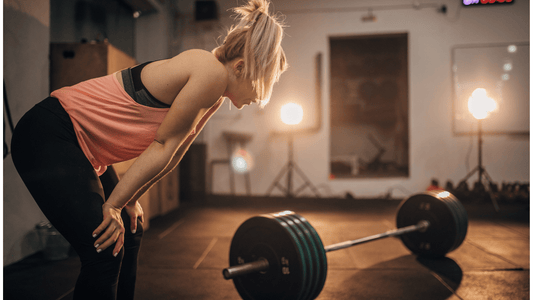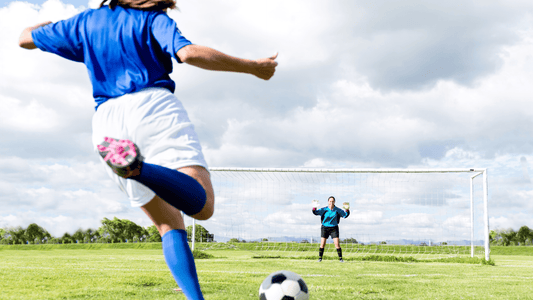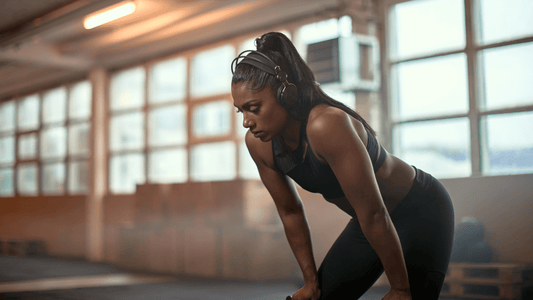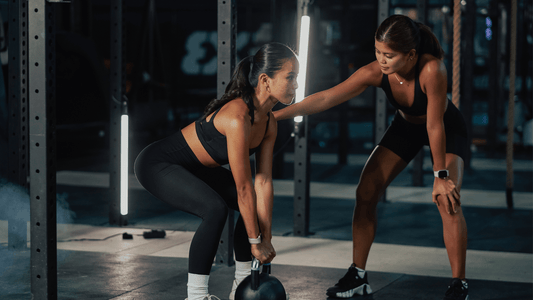Turn iron into your steel
Athletic women fight an uphill battle to get enough iron in their diet; The obvious factor is that they lose iron each month through menstrual cycles, but did you know that they lose even more in high impact training? The extra the impact of training and inflammation increases an enzyme called hepcidin, which can further inhibit iron absorption. Reducing their training, or not getting their period isn’t an option here, but looking to how to increase iron to support their training certainly is. High dose iron supplements can often cause stomach discomfort with regular consumption, so food sources and fortified foods provide an appealing option to increase iron intake.
So why does Iron matter
Iron is what moves oxygen to your working muscles via red blood cells to execute the work. When they are training hard and if they are often feeling fatigued or pale in the skin, have a reduced exercise capacity and frequent illness then it might be a sign to get a blood test to check their iron levels, to track progress and understand their iron levels better. Like any fuel to get through your training and your day, iron levels are something that you need to constantly top up through the food you eat. There are different types of iron from different types or foods but it all adds to your total iron in the body. Iron rich food includes animal sources of food like red meat, chicken, fish and oysters and plant sources of food including dark leafy greens, legumes, soy, wholegrains and some nuts and seeds. Iron absorption can be enhanced when these types of iron rich foods are eaten together or eaten with fruits and vegetables to provide vitamin C. If you diet has an absence of these iron rich foods, or you are under a heavy or high impact training load then it can be beneficial to find opportunities to include iron over the day through a variety of sources in snacks and meals including fortified options for a consistent intake.
